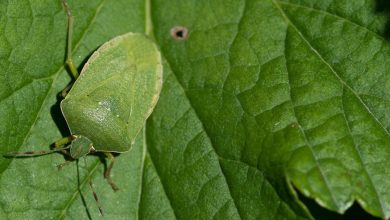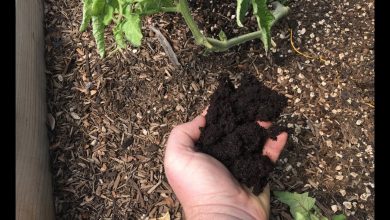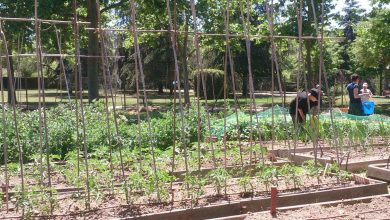White dots on plant leaves: how to remove them?
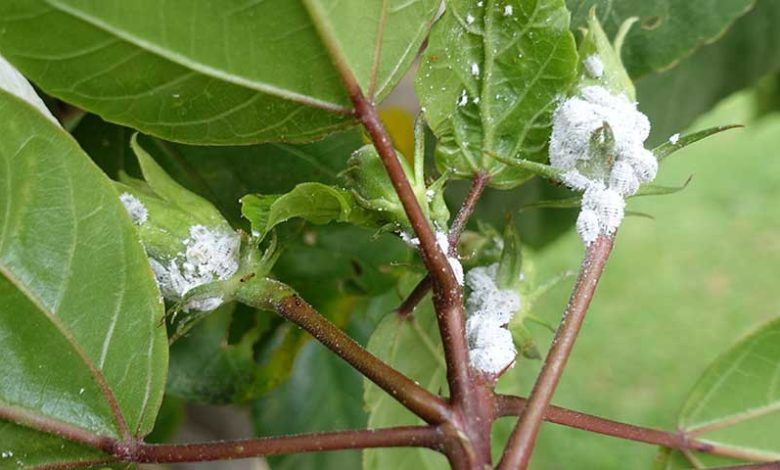
Hello to all agrohuerters! In today’s article we are going to see why white spots appear on the leaves of plants from time to time. We will also try to locate the culprits and see what we can do to eliminate the white spots on the plants.
We have to be realistic and know that it is not always easy to locate the culprit by observing the spots or spots on the leaves. Despite this, we are going to try to get closer little by little to the cause of these white spots on the leaves.
Of course, we must be good observers and not confuse the dots with insects. The first thing is to check if the points we see are moving or if they have little legs! From there we will get closer to the answer.
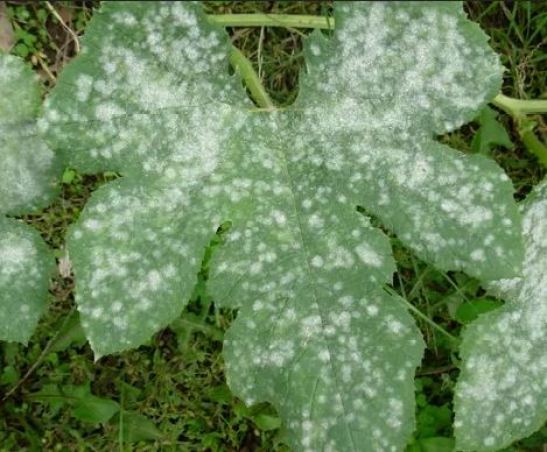
tomato leaves with white dots
As we have said before, the white spots on the leaves can be due to various reasons. The cause can be bugs biting the leaves (for example, the red spider) or diseases caused by microorganisms such as fungi (for example, powdery mildew), bacteria or viruses.
Next we are going to see two examples of white spots that we can find on the leaves of our tomato plants: the red spider and the powdery mildew.
Small white dots: spider mite
The red spider mite (Tetranychus urticae) is one of the classics among plant pests. These little bugs, which are actually mites and not spiders, can affect very diverse crops (eggplant, pumpkin, tomato, pepper, cucumber, bean, strawberry,…).
Among the main symptoms produced by these mites is the appearance of small white dots on the leaves that can end up drying the plant.
Unlike most fungi, mites prefer environments that are dry, without moisture. Therefore, they recommend spraying water on the leaves when we see signs of their presence. In this way they will not feel comfortable to settle in our plants.
Some ecological insecticides such as pyrethrum, paraffin oil or Neem oil work well against the red mite.
I leave you here a link where you can consult other remedies to combat the spider mite in your gardens: Fight the spider mite in plants.
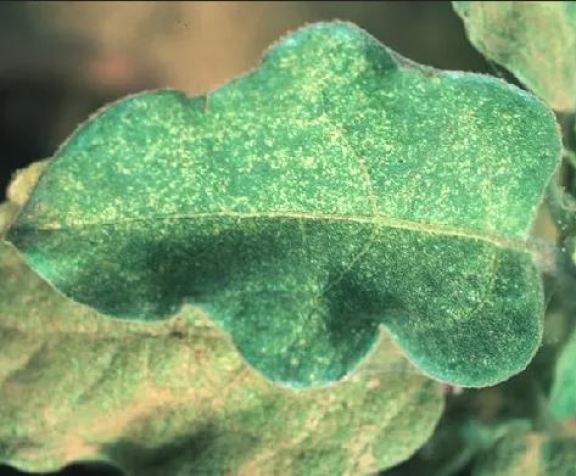
White dots with hairs: powdery mildew
If we say that the spider mite is a classic… hate does not fall short. We are facing one of the most common fungal diseases in our plants. It can affect more parts of the plant apart from the leaves such as the fruits.
One of its most characteristic symptoms is the appearance of white spots on the leaves. Sometimes these spots are smaller, like white dots and, in other cases, these spots are somewhat larger, covering almost the entire leaf. In addition, if we look closely we can see some hairs in these characteristic spots of the fungus.
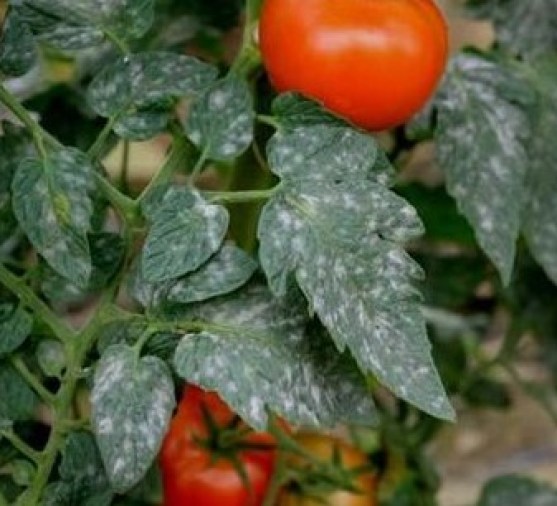
It usually appears when there is high humidity and the temperature is mild. For this reason, to avoid its appearance, a good pruning is recommended that allows the plants to aerate. When we see a leaf affected by powdery mildew, it is better to remove it quickly to prevent it from spreading to the rest of the leaves.
As for ecological treatments to prevent the appearance of powdery mildew, here are the most effective and easiest to carry out:
- Horsetail: leave 20 grams of dried plant per liter of water and add between 5-10 grams of silicate of soda. We let it sit for a day. Afterwards, we have to boil the mixture for 20 minutes and strain it. Once we have the preparation, we will spray 1 part of the preparation for every 9 parts of water on the plants.
- Milk: This time we will mix water with milk. To obtain 1 liter of this homemade fungicide, you have to mix about 700 ml of water with 300 ml of skimmed milk. We will spray this solution both on the beam and on the underside of the leaves.
- Many other organic treatments can also be used in the garden.
If you want more information about this fungus, here is another article where we focus exclusively on it: Powdery mildew in the garden, how to identify it and combat it.
spinach with white dots
As we saw a few days ago, spinach is not free from diseases. In this case we will see one in particular caused by a fungus called Cladosporium (Yes, I agree, fungi do not have names that are very easy to memorize…). This type of fungus can also affect the tomato crop.
This fungus is prone to appear when crops do not have much ventilation. For this reason, one of the tricks to prevent it from appearing is to adjust the planting density so that it is not too high. Also, if we have had the fungus in the garden, it is very important to thoroughly disinfect all the material before using it with other plants. In this way we will avoid transmitting the disease from one plant to another.
I recommend that if you only find a few infected leaves, you pluck them and throw them in a trash can away from the rest of the plants. If, when we pull out the bad leaves, we leave them on the ground or near the rest of the crops, the fungal spores can disperse to them and re-infect them.
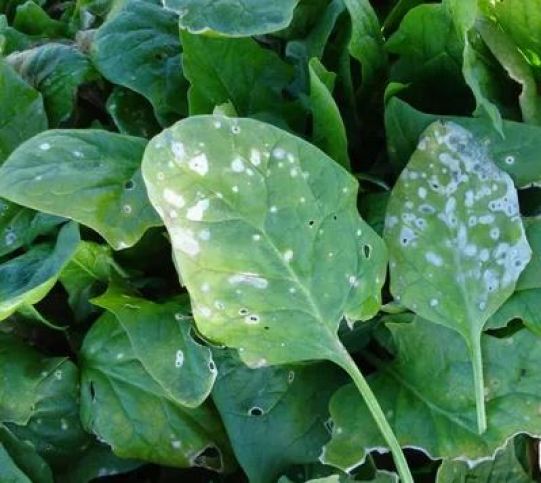
White bumps on leaves: white rust
In some situation we can observe white dots that are bulging known as pustules. This feature is a very typical symptom of a fungus known as rust. The symptoms appear on both sides of the leaves, both on the upper and lower sides. The leaves affected by this fungus end up drying out in the long term and falling to the ground.
This disease usually manifests itself from mid-June to mid-July but can also appear in September. It appears when the weather is cool and humid. The main damage it causes is the deterioration of the leaves with a consequent loss of yield.
It is recommended to intervene from the appearance of the first symptoms. Thanks to this we will avoid the spread of the disease.
It can attack various crops, including: asteraceae (for example, sunflower) and cruciferous (such as turnip or radish).
Here I leave you a photo of this disease so that, from now on, you know how to distinguish it.
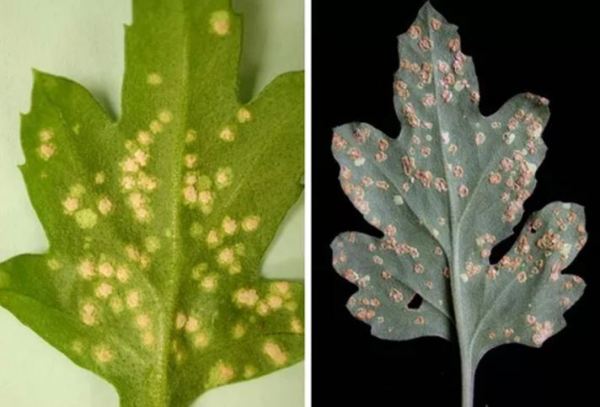
White dots on rocket leaves
The arugula is another of the crops that when we stop from time to time to observe its leaves we can detect some white spots. For example, this photo was passed to us by one of our readers named Facundo. We can see small dots on several leaves. Who will be the culprit?
Due to the non-uniform arrangement of the points, we think that it may be an insect that bites the leaves. By chopping the leaves you could make those marks on the leaves. Possible culprits could be: aphids, thrips, leafhoppers,…
However, of all the dots that we observe, some may be due to another type of disease such as white rust. That is why I say that at first glance it is difficult to find out the cause. We would need to analyze the leaves under a microscope and do some more tests. But hey, the important thing is to learn little by little
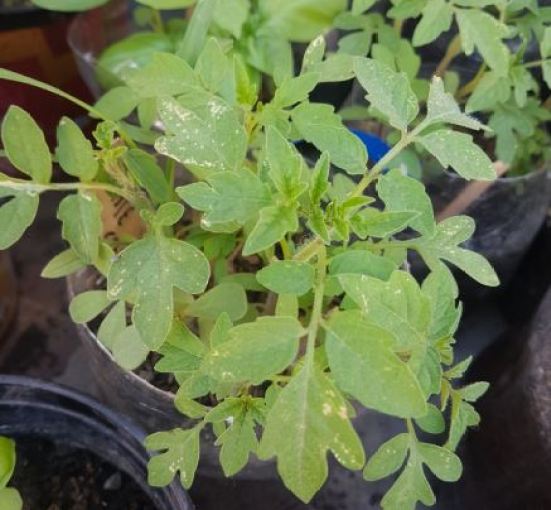
Finally, say that on other occasions you can see other types of white insects perched on the plants, for example: whiteflies, mealybugs, etc.
I leave you here an article where I talk about all the little white bugs that you can find on plants.
References
- Braun, U. (1980).Morphological Studies in the Genus Oidium. Flora. 170(1–2), 77-90.
- U.Braun. (1982).Morphological Studies in the Genus Oidium (II). Zentralblatt für Mikrobiologie. 137(2),138-152.
- Correll, JC; Morelock, TE; Black, M.C.; Kolke, T.K.; Brandenberger, LP & Dalnello, FJ 1994. Economically important diseases of spinach. Plant Disease 78, 653-660.
- Gulati, R. (2014). Chapter 21- Eco-Friendly Management of Phytophagous Mites. Editor(s): Dharam P. Abrol. Integrated Pest Management. Academic Press. 461-491.
- Abrol, D., Shankar, U. (2016). Chapter 20 – Integrated Pest Management. Editor(s): Surinder Kumar Gupta. Breeding Oilseed Crops for Sustainable Production,
Academic Press. 523-549
That’s all for today, I hope you liked the article and that from now on when you find white spots on the leaves of your plants you know what can and cannot be.
Do not hesitate to leave us comments with the problems you have in your orchards, we will be happy to answer you.
See you in the next article! Have a nice day

